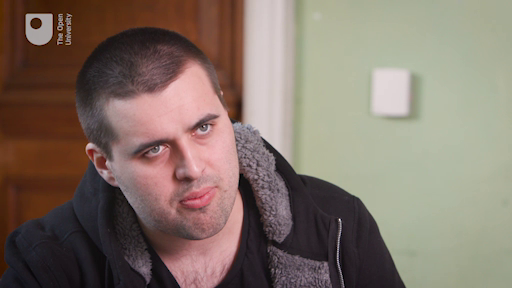1 Upholding people’s rights
People with learning disabilities are entitled to the same rights and freedoms as everyone else in society. As you learned in Session 1, this is enshrined in law across a number of countries – for example, the UK Human Rights Act 1998 and the UK Equality Act 2010. It is also backed up by an important international agreement called the United Nations Convention on the Rights of Persons with Disabilities (UNCRPD). But does this reflect the reality of people’s day-to-day lives?
Activity 1 Experiences of rights
Watch this video of people with learning disabilities talking about rights then answer the questions that follow.

Transcript: Video 2
Click the link below to answer the poll on rights.
Link: Rights [Tip: hold Ctrl and click a link to open it in a new tab. (Hide tip)]
Once you have submitted your choice you can then see how others have voted.
Make a note of some of the things that stop people’s rights being upheld, according to the people in the video.
Answer
Some of the issues you may have noted are:
- there is not enough support or help available
- prejudice and stigma
- systems and processes that make people feel stressed
- people with learning disabilities being afraid to ask for help.
Video 2 showed that there are a number of barriers that stop people with learning disabilities exercising their rights. In the next section, you will read about the devastating impact this can have on people’s lives.
